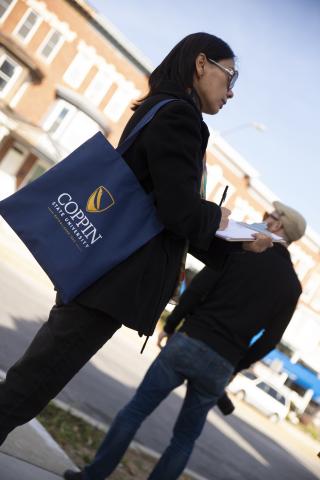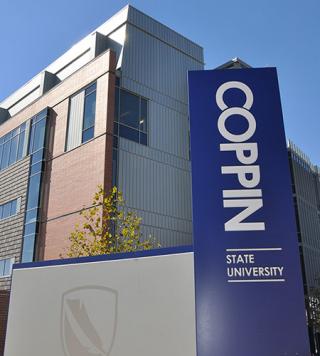SAP Maximum Timeframe
Satisfactory Academic Progress (SAP) Maximum Timeframe
Fri: 8:00 am - 3:00 pm
You are allowed to hit 150% of the timeframe required to complete your program of study. If you take more than the required maximum amount of time to complete your program, you become ineligible to receive any additional financial aid. What does this look like in your real world when planning your Coppin education?
| Enrollment Status | # of Credits to Graduate | Maximum of Attempted Credits (150%) | Maximum Years/Semesters to Complete Program |
|---|---|---|---|
| Full-time (at least 12 credits/semester) | 120 credit hours (4 years/8 semesters) | 180 credits | 6 years/12 semesters |
| Half-time (6-8 credit hours/semester) | 120 credit hours (8 years/16 semesters) | 180 credits | 12 years/24 semesters |
| Graduate Students | 30 credit hours (2 semesters) | 45 credits | 3 semesters |
Subsidized Loans and Pell Grants
- Federal student aid regulations limit the maximum Subsidized Loan for new students to 150% of their program of students.
- Federal Pell Grant may only be received up to a maximum of 12 full-time semesters. Students exceeding 12 full-time semesters to complete their undergraduate degree will not be eligible for Federal Pell Grant funding (this includes dual degrees and change of majors).





